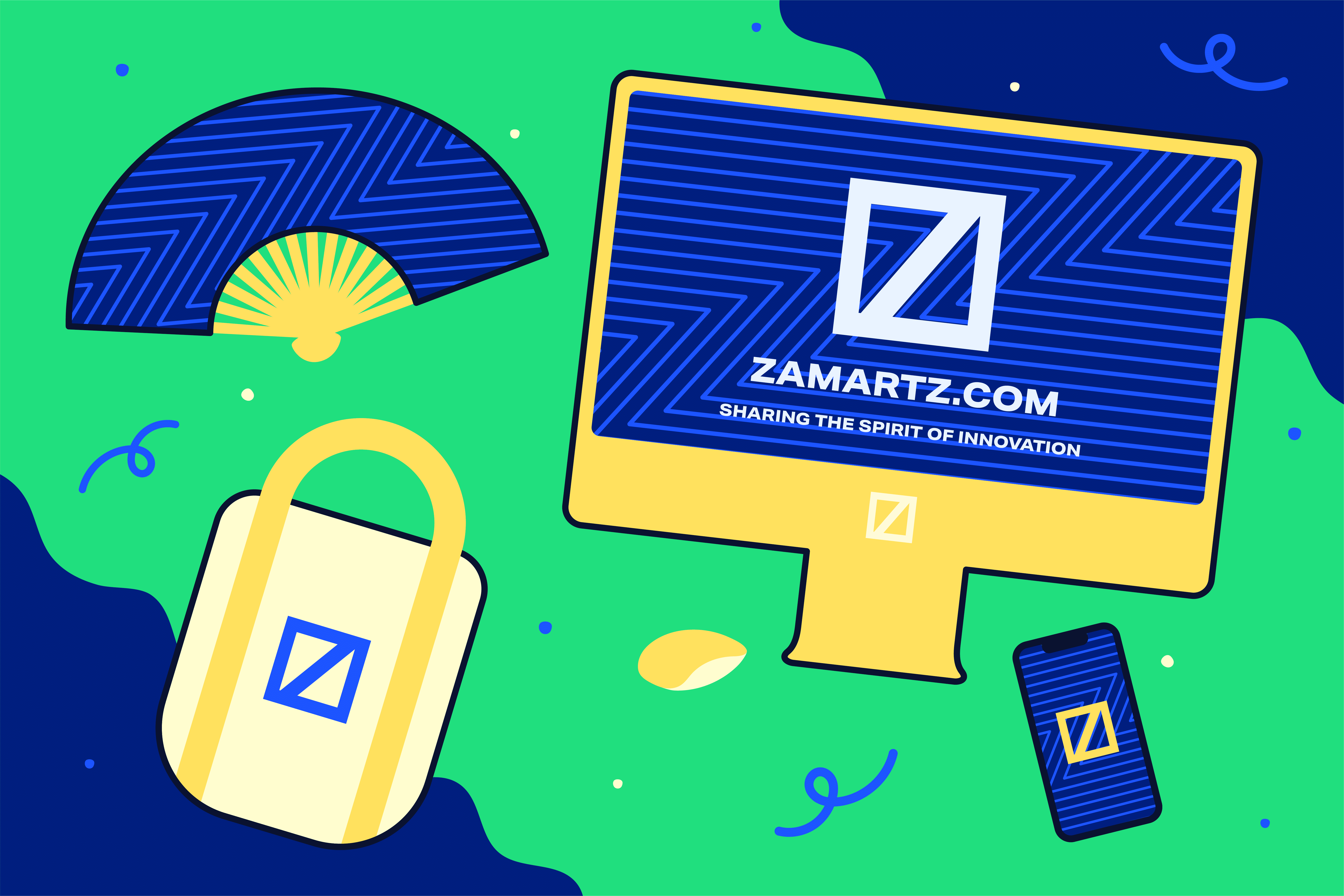
Branding Blunders: 5 Notorious Marketing MishapsBranding Blunders: 5 Notorious Marketing Mishaps In the fiercely competitive world of marketing, even the most well-established brands can succumb to embarrassing blunders that damage their reputation and undermine their credibility. Here are five notorious marketing mishaps that serve as cautionary tales for marketers: 1. Tropicana’s Packaging Debacle In 2009, Tropicana unveiled a drastic packaging redesign that removed its iconic orange from the front of its carton. The new packaging featured a modern, minimalist design with a small orange wedge in the corner. The change was met with overwhelming negative feedback from consumers, who were accustomed to the brand’s familiar orange symbol. Sales plummeted, forcing Tropicana to revert to its original packaging within months. 2. Gap’s Logo Redesign In 2010, Gap unveiled a new logo that featured a small, nondescript blue square with the brand name in a thin, sans-serif font. The logo was widely criticized for being bland, unoriginal, and lacking any connection to the brand’s heritage. The backlash was so severe that Gap was forced to withdraw the logo less than two weeks after its debut. 3. KFC’s “Finger Lickin’ Good” Slogan In 2015, KFC decided to retire its decades-old slogan “Finger Lickin’ Good” due to concerns that it promoted unhealthy eating habits. However, the new slogan, “So Good,” was met with widespread ridicule and was seen as uninspired and ineffective. KFC eventually brought back the original slogan due to overwhelming public demand. 4. Pepsi’s Kendall Jenner Commercial In 2017, Pepsi released a commercial featuring reality TV star Kendall Jenner participating in a protest. The ad was intended to convey a message of unity, but it was met with widespread backlash for being tone-deaf and exploiting the Black Lives Matter movement. Pepsi pulled the ad and apologized for its insensitivity. 5. Uber’s “Greyball” Program In 2017, it was revealed that Uber had been using a secret software program called “Greyball” to identify and evade law enforcement officials. The program was designed to allow Uber drivers to operate in cities where the company’s services were banned. The discovery of Greyball sparked a massive backlash and led to investigations by various regulatory agencies. These branding blunders highlight the importance of thorough market research, careful execution, and sensitivity to consumer sentiment. Marketers must strive to create authentic, meaningful connections with their target audience and avoid any actions that could damage their brand’s reputation or alienate their customers.
Posted inNews